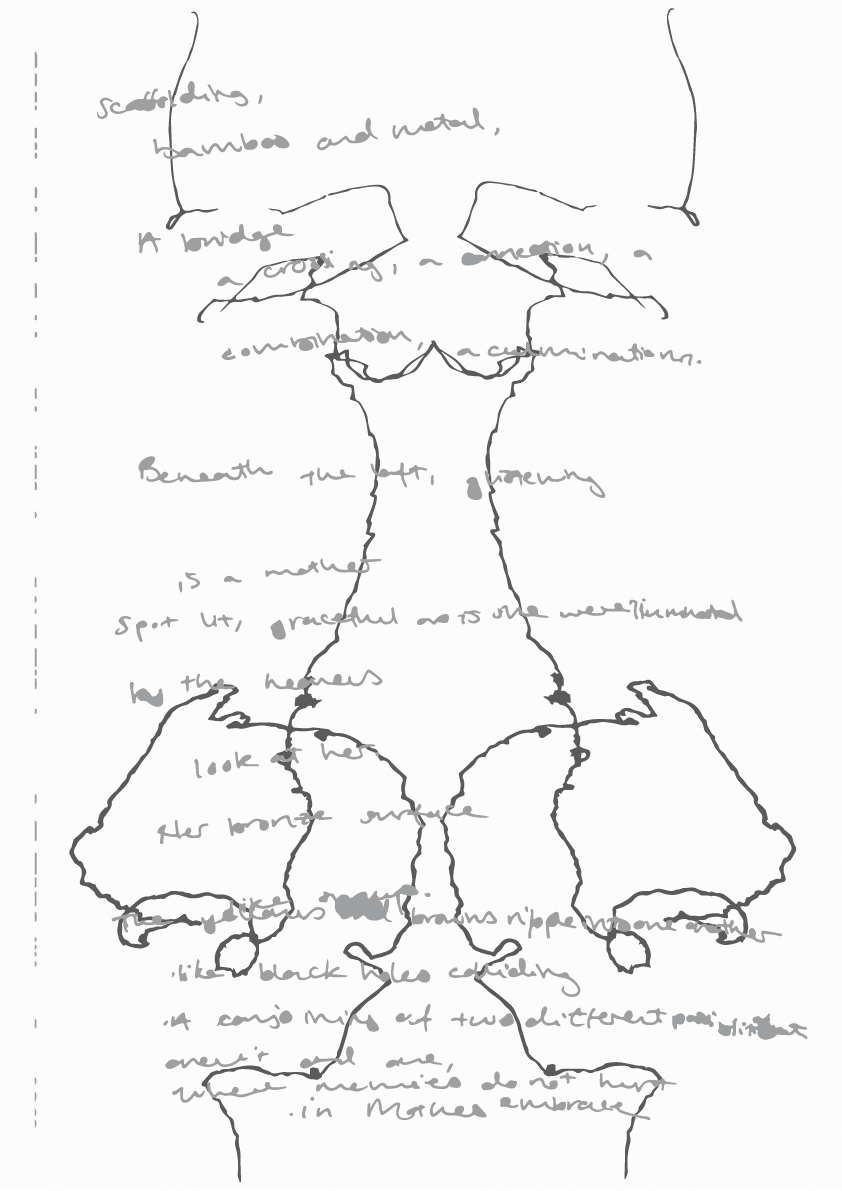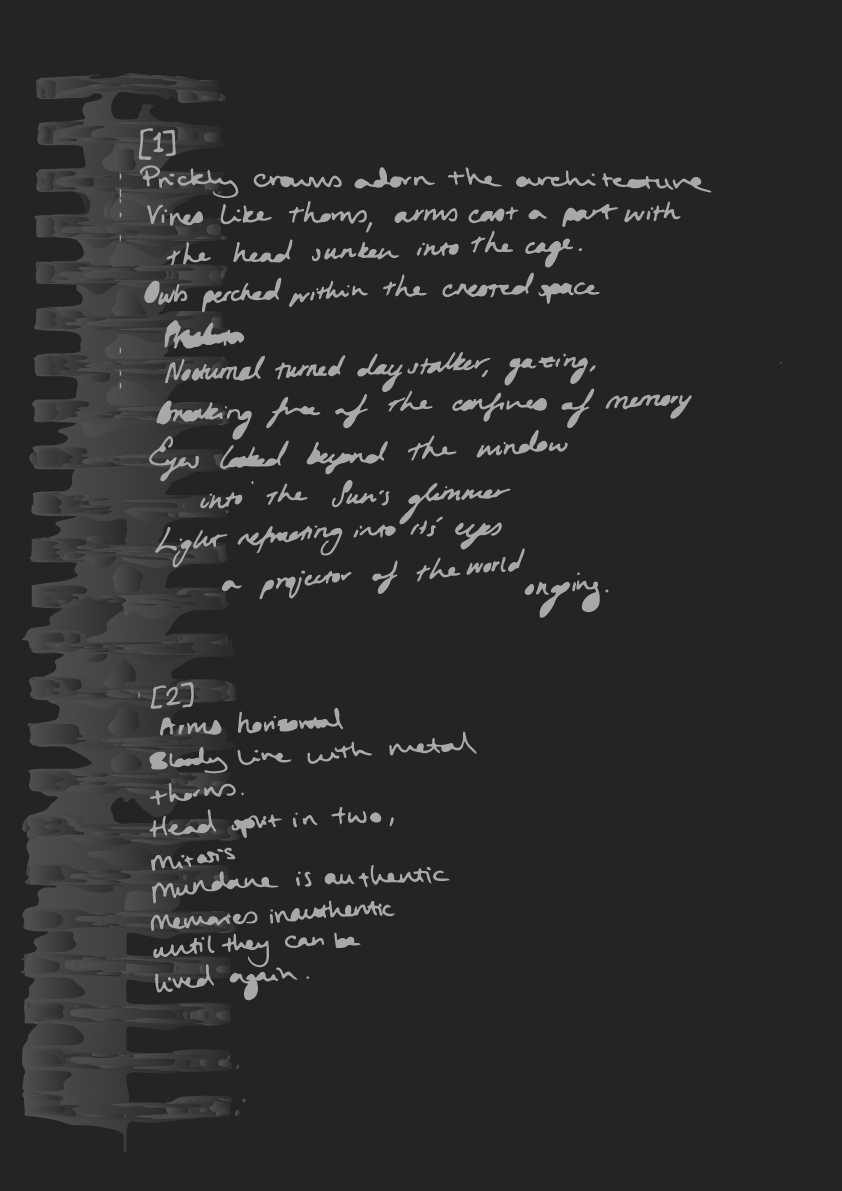MLitt Art Writing School of Fine Art
Amanda-Jane (A-J) Reynolds

Amanda-Jane ‘A-J’ Reynolds is a writer based in Falkirk, Scotland, working in artwriting. Currently she is experimenting with writing styles and methodologies, focusing on art responding through apperceptive emulation intercrossed with positive empathy resulting in a visceral assimilation with work encountered on the field. The works demonstrated on this page delineates her focus on visual and verbal mirroring as a means to represent, narrate and create landscapes drawn from the inner self.
She writes for Artists Responding To… magazine as well as co-edits for Gallery Bagging.
Collections

[synonym]
what is [synonym]?
Book 1 of 2, [synonym] shared holds the completed writings from the past half-a-dozen [synonym] sessions facilitated through mine and Eliza Coulson’s collective Gallery Bagging. By completed I mean edited, as the writings made on-site were incomplete, which is an art form in itself. Though, the works haven’t been edited so much that their core characteristics would be lost in the process; the quirks, essence and chosen themes have remained. It also holds maps drawn in the spaces during the [synonym] activities, my own interpretation of Paul Klee’s “taking a line for walk“ which was using it for both handwriting and illustrating with an ink pen on paper. Taking it a step further with British philosopher, Sadie Plant, and the introduction she wrote for Henry Roger’s I see what you’re saying (2013) spoke about how words can break their binary barriers of always having to mean something. That hard-to-read text may hide details from the reader but in doing so has been freed of the conservative holds. Using an ink pen to scribble, scrawl, scratch and etch lettering allows it to be a part of the artwork. Lastly, I want to mention Jane Rendall’s philosophy concerning writing and how it isn’t pulled from “nowhere“ but is conjured somewhere, whether that is a location or an emotional place, physical or cognitive or both. The writer is present, having used my handwriting for the graphics and as the font for this book; I am therefore present. I lightly mentioned the illustrations, there are graphics ranging from grey scale image trace to curvature pen traced. These visuals accompany the writings they were created alongside. The composition of these fragments were drawn from the mapping of my interaction within an art inhibited space, the drawing of sound as I listened to the ebbs and flow, and of elements pulled from the dedicated [synonym] notebook. Some of the lines were pushed further than others as they began to emulate images like that of a Rorschach whilst others maintained their string-y lines. The determination of them was purely aesthetic in that some created spines and pelvis-like constructs pointing to my activity of walking across the space.







